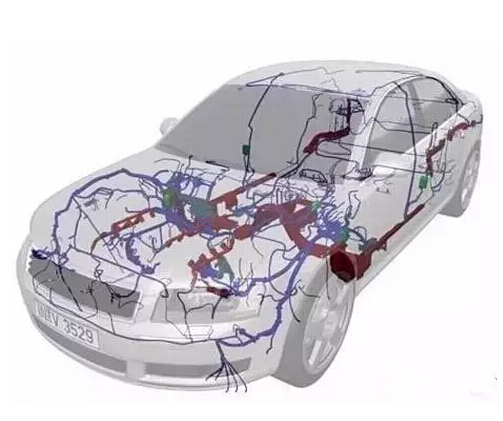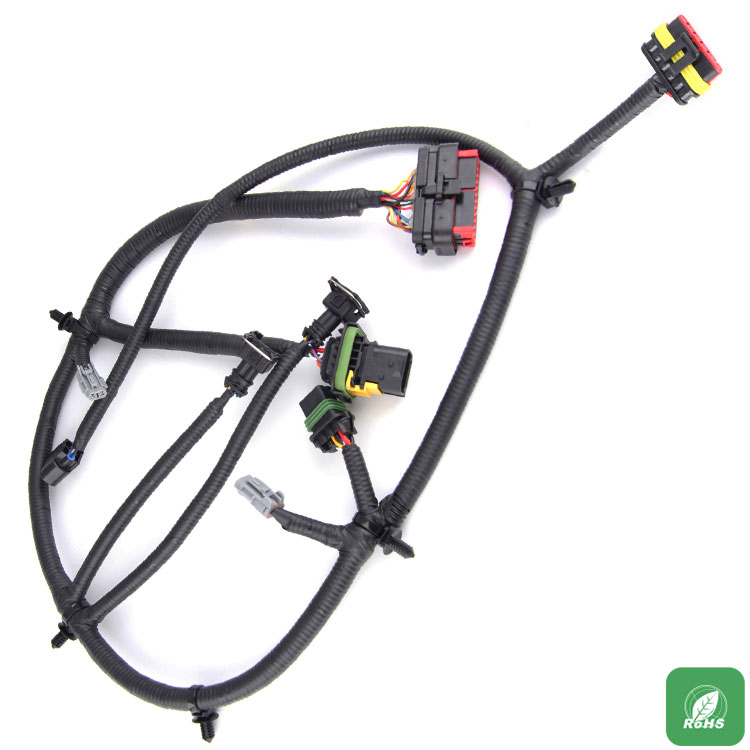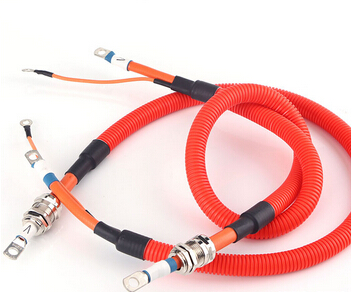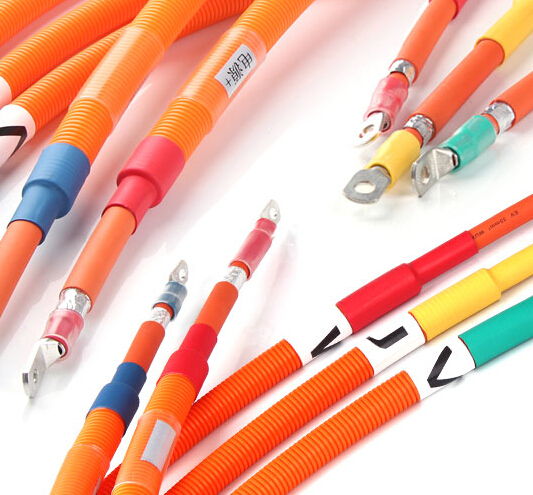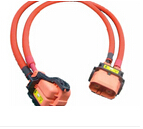
一. Power distribution design
Vehicle power supply system design is reasonable, is directly related to the normal work of the auto electric parts or not and the safety of the whole vehicle, therefore, automotive wiring harness design basic starting point of the whole world is give priority to in order to safety. The whole electric system consists of three parts: the direct power supply system of the battery (usually called constant or 30). Pick up by this part of the power load is usually the car safety or important parts, the main aim is to provide electricity for the less as far as possible control, to ensure that these items even if the car won't start can also brief to work properly, for easy to site maintenance. For example: power supply of engine ECU and engine sensor, working power of fuel pump, power of ABS controller, diagnosis interface power, etc. The power supply system (commonly known as IG, 15 or ON) is controlled by the ignition switch. This distributor is basically used only when the engine is working, from the power of the generator to avoid the possibility of power supply for the battery. For example: instrument power supply, brake lamp power supply, airbag power supply, etc. When the engine starts off, the load is removed (commonly known as ACC power). This distributor is usually loaded with heavy load and does not need to work when the car is starting. Generally, there are cigarette power supply, air conditioning power supply, power supply, wiper power, etc.
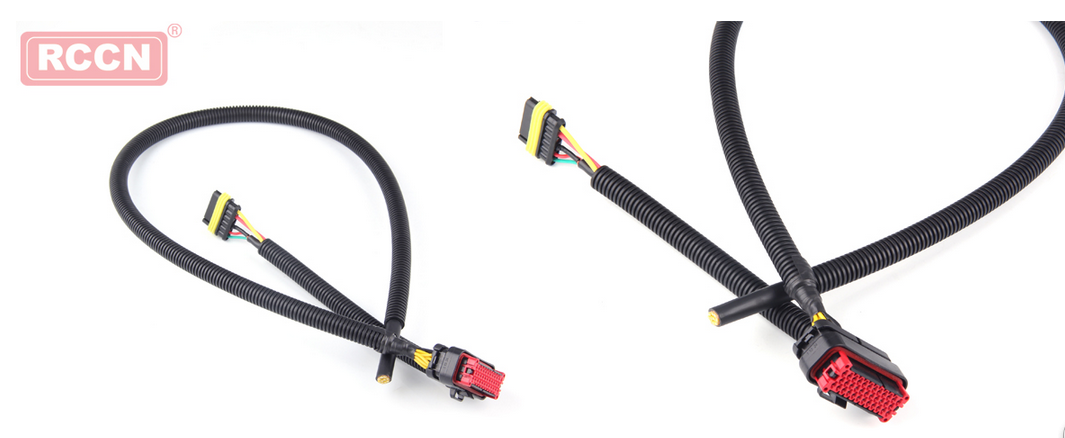
二. Line protection design
The line protection is to protect the wire and protect the circuit. Protective devices mainly include fuse, circuit breaker and fuse link.
1. The selection principle of the fuse engine, ECU, ABS, etc., has great influence on the performance and safety of the whole vehicle. In addition, the electronic parts that are easily disturbed by other electrical equipment must be equipped with a single fuse. The engine sensor, all kinds of alarm signal lights and external lighting, horn and other electrical components have great influence on the performance and safety of the vehicle, but the electric load is not sensitive to the interference of each other. Therefore, this type of electrical load can be combined with each other to use a fuse. The electrical load of the normal electrical components set for the increase of comfort can be combined with each other to use a fuse. The fuse is divided into quick melting and slow melting. The main components of quick-melt fuse are fine tin wire, and the structure of the chip fuse is simple, reliable and robust and easy to detect, so it is widely adopted. The slow-melt fuse is actually a tin alloy sheet, and the fuse of this structure is usually strung into the circuit of the inductive load, such as the motor circuit. Resistive load and inductor load avoid using the same fuse. According to the maximum continuous working current calculation of the electrical components and the capacity of the fuse, according to the empirical formula, the rated capacity of the fuse is equal to 80% (or 70%) of the maximum working current of the circuit.
2. Circuit breaker
The most characteristic of the circuit breaker is recoverability, but its cost is higher and use less. The circuit breaker is usually a thermal-sensitive mechanical device, which USES the different thermal deformation of the two metals to close or connect the contact. A new type of circuit breaker, using PTC solid material as a flow protection element, is a positive temperature coefficient resistor, which is disconnected or connected according to the current or temperature. The maximum advantage of this protective element is that it can be automatically connected when the fault is out, and no manual adjustment and replacement is required.
3, the characteristics of fusible line fusible line is when the line through great overload current, fusible line can be in a certain period of time (usually 5 s or less) fuse, which cut off power supply, prevent to produce malignant accidents. The fusible line is also composed of conductor and insulating layer, and the insulation layer is generally chloro-sulfonated polyethylene material, because the insulation layer is thicker, so see. It's thicker than that of the same specification. Fuse wire is usually connected directly to the battery of the battery. The common nominal cross section of fusible line is 0.3mm2, 0.5mm2, 0.75mm2, 1.0mm2, 1.5mm2, and even the fusible line of more large sections, such as 8mm2. The length of wire segment of the fusible line is divided into (50 or 5) mm, (100 + or 10) mm, (150 + + 15) mm3. The fusible line should have obvious signs, and when it is fused, its mark shall still exist for replacement.

三.The selection of relay is divided into two types: current and voltage. It is generally based on the power of the appliance and the load capacity of the switch to decide whether to choose the relay. The equipment commonly used for relay is wiper, horn, defrosting, headlamp, fog lamp, fan, blower, turn signal (flash), etc. The relay is divided into 6V, 12V and 24V3, and the commonly used relay rated voltage is 12V. The technical requirements to be referenced by the relay are: the reliability is good; Performance stability; The quality light, small volume, long life, small influence on the surrounding components; The structure is simple, the process is good, the cost is low.
4. The iron distribution design principle engine ECU and ABS have great influence on the performance and safety of the vehicle, and are easily interfered by other electrical equipment, so the iron points of these parts must be set up separately. For airbag system, it should not only be set up by rail, but also to ensure its safety and reliability. The aim is to make sure that the system can work safely through another iron point. Radio systems also need to be isolated to avoid interference. It is best to be independent of the lfe of weak signal sensor. It is better to use the iron point to be closer to the sensor so as to ensure the true transmission of the signal. Other electrical appliances can be combined with each other according to the specific arrangement. The principle is to take iron in the nearest place, avoiding the overlong line, causing unnecessary voltage drop. It is necessary to control the length and direction of the line and reduce the voltage drop. In order to increase safety, the engine and body should be connected separately to the battery negative pole.
How to use iron: the first is through the hole type joint, this method must be in the end of the joint heat shrinkable tube insulation; The second is to make the iron through the internal short sheath.

















 RCCN WeChat QrCode
RCCN WeChat QrCode Mobile WebSite
Mobile WebSite